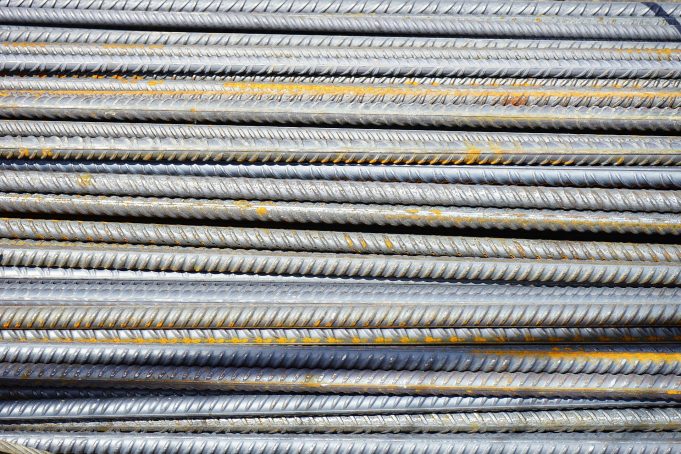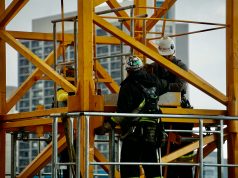Concrete steel reinforcement is something you will have to consider for any build, from houses and extensions, office blocks or carpets or for the many concrete bridges where concrete is used for the actual build, not just foundations. There are certain ways in which concrete can be used in a build to make it more energy efficient, as we explain in this article.
Concrete is an artificial stone and one of the most widely used modern building materials. When it is freshly poured it can be moulded into any shape, making it the ideal choice for many building applications, yet alone it is not strong enough. It offers a highly cost effective medium for many projects from building foundations and for the full structure of office blocks and bridges. To reap the benefits of this durable material, sometimes it might be necessary to reinforce it in some manner. Here, we look at why steel reinforcement is one of the best options.
Why is concrete steel reinforcement necessary?
As we have said, concrete on its own being a simple mix of cement, stone aggregate and water does not have the inherent tensile strength to withstand the demands of a building on top of it or to even form a secure single storey building and therefore in isolation is not suitable for most construction purposes.
What is concrete steel reinforcement?
To overcome the inherently poor tensile strength of the concrete, something needs to be added so that the combination provides the required strength and integrity. The addition of steel such as rods, plates or steel fibres is necessary. The more commonly used option is the addition of steel bars or rods placed into the formwork before the concrete is poured. The rods or bars are tied into place by fixing wires such as Rebar Tie Wire also known as steel tying wires. They are used to connect loose rebar directly on site as the concrete is poured and the rods set within as the concrete cures.
The addition of the steel rods prevent your reinforcement from moving during concrete pouring and curing, the combination creates what is referred to as reinforced concrete. A combination which is capable of withstanding the weight from buildings or to reinforce the structure of the building itself.
Adding reinforcement will not improve the basic strength of the concrete itself, but when steel reinforcement is added to the concrete, the combination of both materials ensures the required overall strength is achieved.
Why it works
Steel has a thermal expansion capacity similar to concrete which avoids conflict and internal stresses making it an ideal choice to give concrete the overall required build strength. Steel also becomes extra corrosion resistant when in contact with the lime from the concrete, an important consideration to ensure lasting integrity.
Both concrete and reinforcing steel as the raw ingredients are readily available, and once these components are produced, using them requires no expensive manufacturing equipment. A level of expertise and workmanship is required to ensure that it is used safely, and concrete still remains one of the more widely used building mediums. Use a company such as Heaton manufacturing to safeguard your project. Concrete in isolation will not be suitable for most construction projects, such a building footing or indeed walls, as without reinforcement it will not withstand stresses caused by wind, vibration or excess weight being applied to it. This is where adding a reinforcing medium is required such as the steel bar or plate to create reinforced concrete which is up to building safety standard requirements.
When working on any build whether a small concrete shed base or a home extension or anywhere throughout the construction industry, safety should be a high priority. Working with concrete and steel may not seem inherently risky but there are some important safety measures to be aware of and precautions that should be taken to minimise risk of injury or physical damage to yourself and others involved in the project.














